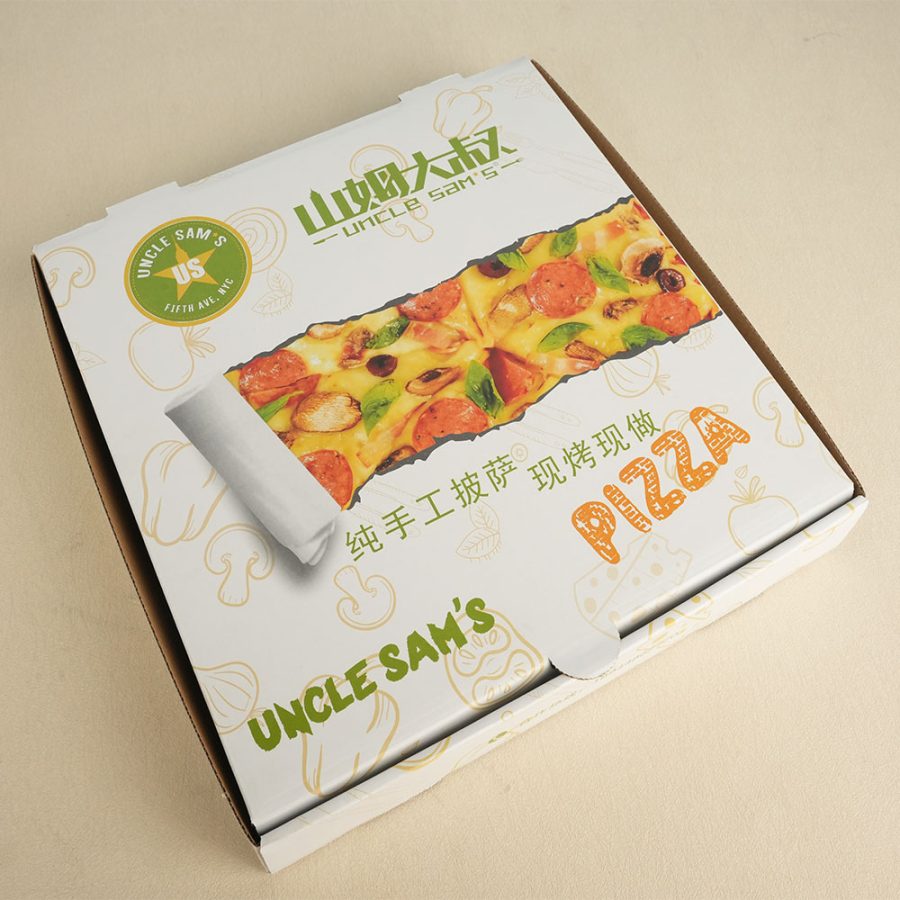How Packaging Impacts Your Marketing Strategy!
Packaging plays a crucial role in shaping a brand’s identity and influencing consumer behavior. It is more than just a protective covering; it serves as a powerful marketing tool that helps businesses communicate their brand message, attract customers, and drive sales. In today’s competitive market, effective packaging can differentiate a product from its competitors and significantly impact a company’s marketing strategy.
1. First Impressions Matter
The packaging is often the first interaction a customer has with a product. A well-designed package immediately captures attention, creates curiosity, and encourages consumers to explore further. Eye-catching colors, unique shapes, and creative designs can make a product stand out on crowded retail shelves, drawing potential buyers toward it. Additionally, the texture, finish, and overall feel of the packaging contribute to a consumer’s perception of product quality. High-end materials such as embossing, foil stamping, or soft-touch coatings can enhance the unboxing experience and leave a lasting impression.
2. Reinforcing Brand Identity
Packaging serves as a visual representation of a brand. The use of logos, typography, colors, and imagery should align with the brand’s overall identity and messaging. Consistent branding across all packaging helps build recognition and trust among consumers, making it easier for them to remember and repurchase products. For example, iconic packaging like Coca-Cola’s red can or Apple’s minimalist box design is instantly recognizable and reinforces brand perception.

3. Communicating Product Value
Beyond aesthetics packaging should convey essential information about the product. Clear labeling, informative descriptions, and well-placed design elements help consumers understand what they are buying. Highlighting key features, benefits, and certifications (such as organic, eco-friendly, or cruelty-free) can enhance credibility and influence purchase decisions. Including QR codes or augmented reality (AR) features on packaging allows customers to access additional product details, tutorials, or promotional offers via their smartphones, creating an interactive and informative experience.
4. Enhancing Customer Experience
Innovative packaging enhances the customer experience by making it convenient and enjoyable. Easy-to-open designs, resealable features, and compact structures contribute to user satisfaction. Premium packaging, such as luxury boxes or sustainable materials, can also create a sense of exclusivity, making customers feel valued and increasing brand loyalty. Functional packaging, like multi-use containers or reusable pouches, can add value beyond the initial purchase, encouraging repeat use and reinforcing brand engagement.
5. Sustainability and Consumer Preference
With growing environmental awareness, sustainable packaging has become a critical factor in marketing. Consumers are actively seeking eco-friendly options, and brands that adopt recyclable, biodegradable, or reusable packaging gain a competitive advantage. Environmentally conscious packaging not only appeals to ethical consumers but also strengthens a brand’s reputation as a responsible business. Companies like Patagonia and Lush have successfully integrated sustainability into their packaging, enhancing brand loyalty and reducing their carbon footprint. Additionally, governments worldwide are enforcing stricter regulations on packaging waste, making sustainability a necessity rather than an option.
6. The Role of Packaging in Digital Marketing
In the age of social media and e-commerce, packaging is not limited to in-store purchases. Aesthetically pleasing packaging encourages customers to share their purchases online, leading to organic word-of-mouth promotion. Unboxing experiences, influencer collaborations, and visually appealing packaging designs contribute to brand visibility and customer engagement on digital platforms like Instagram, YouTube, and TikTok. Limited edition packaging or seasonal designs also create buzz and encourage social sharing, ultimately boosting brand awareness and sales.
7. Differentiation in a Competitive Market
In saturated industries, packaging can be a key differentiator. Unique packaging innovations, such as minimalist designs, bold typography, or interactive elements, can give a brand a distinct identity. Creative packaging solutions help products stand out, reinforcing the brand’s personality and increasing customer attraction. Smart packaging technology, such as RFID tags or temperature-sensitive labels, can further differentiate a product by enhancing functionality and user convenience.

8. Packaging as a Sales Driver
Effective packaging goes beyond aesthetics; it plays a direct role in influencing purchasing decisions. Studies show that 70% of consumers form an opinion about a brand based on its packaging. Additionally, well-structured packaging with clear messaging can increase product shelf appeal by up to 80%, making consumers more likely to choose one brand over another. Point-of-sale packaging, including counter displays and limited-time promotional packaging, can also drive impulse purchases and boost revenue.
9. The Psychology of Packaging Colors and Design
Colors and design psychology play a crucial role in how consumers perceive a product. Red and yellow evoke excitement and hunger, which is why brands like McDonald’s use them in their packaging. Green is associated with sustainability and health, making it popular for organic and eco-friendly brands. Blue conveys trust and reliability, often seen in pharmaceutical and tech products. Understanding color psychology allows brands to design packaging that resonates with their target audience and aligns with their marketing message.
Conclusion
Packaging is a vital aspect of any marketing strategy. It influences customer perception, builds brand recognition, enhances user experience, supports sustainability efforts, and drives sales. Businesses that invest in well-designed, functional, and eco-friendly packaging not only strengthen their market presence but also foster long-term customer loyalty. By leveraging packaging as a strategic marketing tool, brands can create a lasting impression and drive greater success in an ever-evolving marketplace. Whether through sustainable materials, interactive elements, or eye-catching designs, packaging remains a powerful force in shaping consumer decisions and brand growth.







